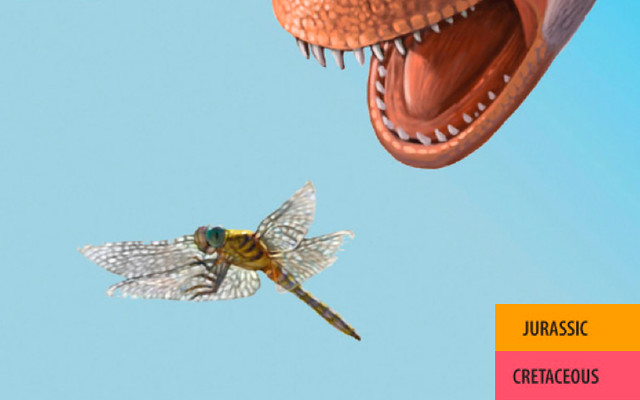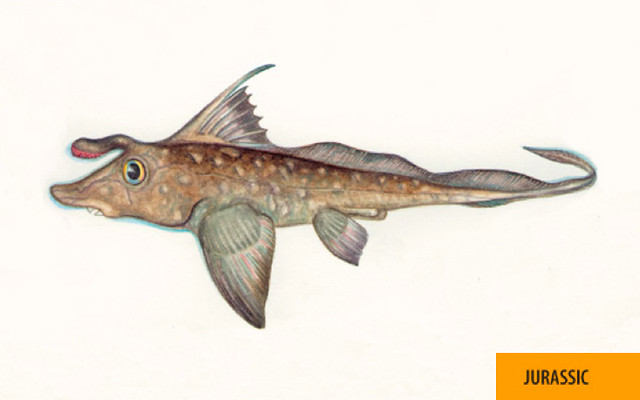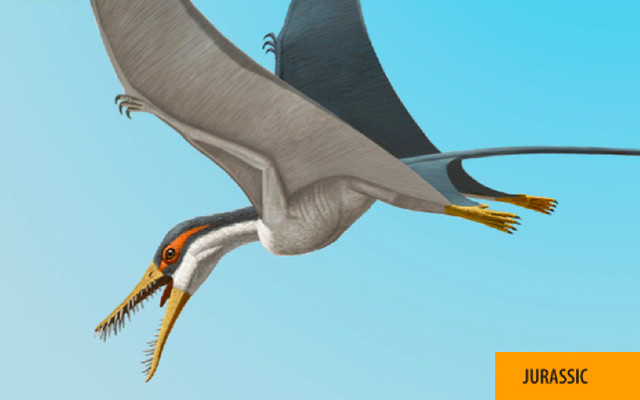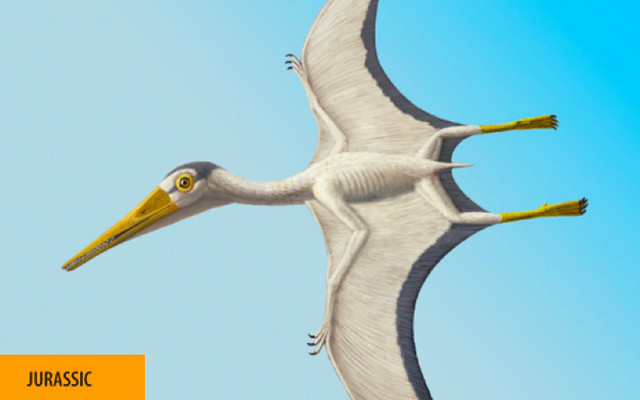AMNH Pterosaur Starter Deck
2014 – (See Cards | Deck Info | Download | Purchase)…
This deck uses images and information from the vast collections of the American Museum of Natural History in New York City, especially the 2014 special exhibition Pterosaurs: Flight in the Age of Dinosaurs. The game consists of 38 different cards, includes “extinct” organisms, and utilizes a simplified version of the game to compensate for unavailable facts.

Dragonfly
Anisoptera infraorder


EXTANT | 2 POINTS
Play: FLIGHT of 1.
Dragonflies are among the fastest and most ancient flying insects in the world!

Water Strider
Gerridae Family


EXTANT | 3 POINTS
Play: MOVE of 1.
The water strider’s long and slender legs, with several thousand hairs, enable them to walk on water.

Lycoptera
Lycoptera


EXTINCT | 2 POINTS
Play: MOVE of 1.
Fossils of these freshwater fish have been found in large groups, suggesting they congregated in sandbars.

Ischyodus
Ischyodus


EXTINCT | 2 POINTS
Play: MOVE of 1.
The long spine attached to the dorsal fin of the Ischyodus may have been venomous.

Rhamphorhynchus muensteri
Rhamphorhynchus muensteri


EXTINCT | 4 POINTS
Play: FLIGHT of 1.
Rhamphorhynchus means “beak snout.” This pterosaur has been found in Germany. It had a very long tail, and its long needle-like teeth helped it catch fish over open water.

Pterodactylus antiquus
Pterodactylus antiquus


EXTINCT | 4 POINTS
Play: FLIGHT of 1.
These were the first pterosaurs ever to be identified, found in 1784 by the German scientist Cosimo Alessandro Collini for the wonder cabinet he curated.